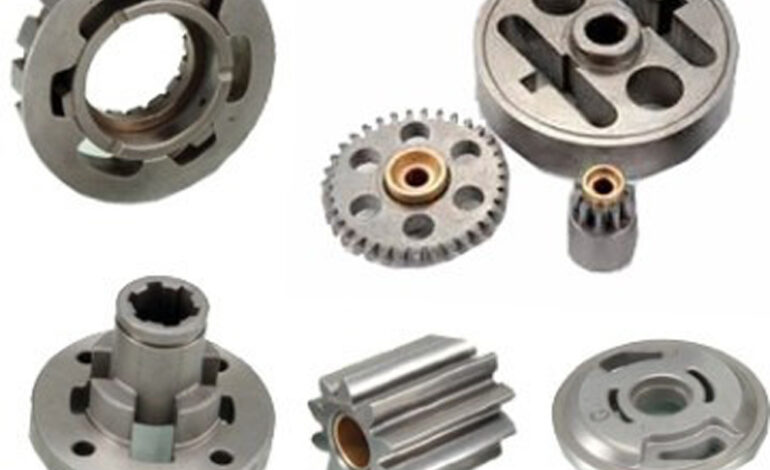How does a metal injection molding help my products
First, save costs and improve production efficiency. For the production of large quantities of complex shape hardware accessories, the price of MIM process is 1/3 or even 1/5 of the price of machined products, and the production cycle is also broken much more than machined products, which greatly saves the cost.
Second, increase the possibility of surface treatment, MIM products can be a variety of surface treatment, in order to meet the customer’s different requirements on the surface of the product.
1, polishing treatment. The use of mechanical, chemical or electrochemical action to reduce the surface roughness of the workpiece, in order to obtain bright, smooth surface processing.
2. Electroplating treatment. Process of attaching a metal film to the surface of a piece of metal or other material by electrolysis. Electroplating can prevent metal oxidation (such as rust), improve wear resistance, electrical conductivity, reflective, corrosion resistance (copper sulfate, etc.) and enhance the aesthetic effect.
3. PVD treatment. The transfer of atoms or molecules from a source to a substrate surface by means of a physical process. Its role is to make some special performance (high strength, wear resistance, heat dissipation, corrosion resistance, etc.) particles sprayed on the lower performance of the mother, so that the mother has better performance.
4. Blackening treatment. The metal surface to produce a layer of oxide film, in order to isolate the air, to achieve the purpose of rust, is a very common chemical treatment means. Appearance requirements are not high when you can use black treatment, the main components of black liquid is sodium hydroxide and sodium nitrite.
5, phosphating treatment. Is a chemical and electrochemical reaction to form a phosphate film process. The purpose of phosphating is mainly:
1) To provide protection for the base metal, to prevent the metal from being corroded to a certain extent;
2) Used for the primer before painting, improve the adhesion and corrosion resistance of the paint film.
3) Applicable materials and application fields:
Thirdly, from the analysis of process essence, MIM is the most suitable process for mass production of high melting point materials, high strength and complex shape parts. Its advantages can be summarized as follows:
(1) MIM can form a variety of metal material parts with complex 3D shapes (as long as the material can be made into fine powder). The density and performance of each part are consistent, that is, isotropic. It provides a large degree of freedom for the design of parts.
(2) MIM can maximize the production of parts close to the final shape, with high dimensional accuracy.
(3) Even for solid-phase sintering, the relative density of MIM products can reach more than 95%, and its performance is comparable to that of forged materials. In particular, the dynamic performance is excellent.
(4) the price of powder metallurgy (PM) automatic molding machine is several times higher than the injection molding machine. MIM can easily adopt one mold multi-cavity mold, forming efficiency is high, mold service life is long, mold replacement and adjustment is convenient and fast.
(5) The injection material can be used repeatedly, and the material utilization rate is more than 98%.
(6) Fast turning of products. Production flexibility, new products from design to production time is short.
(7) MIM is especially suitable for mass production with good consistency of product performance. If the production of parts selection is appropriate, large quantity, can achieve higher economic benefits.
(8) MIM has a wide range of materials and broad application fields. A wide range of materials can be used for injection molding, such as carbon steel, alloy steel, tool steel, refractory alloy, hard alloy, high specific gravity alloy, etc



